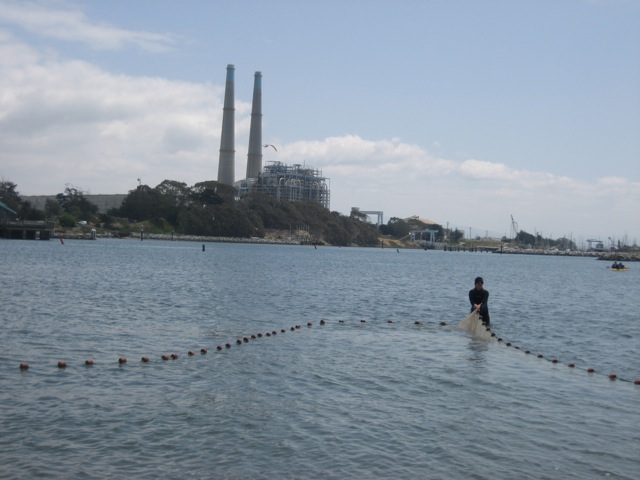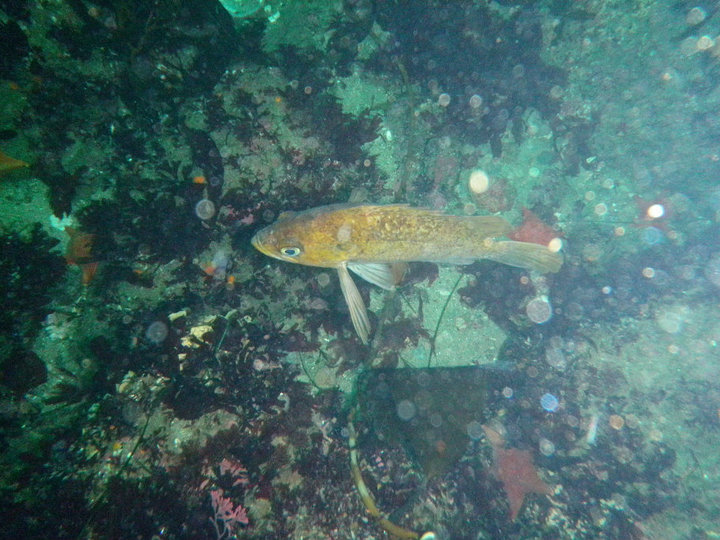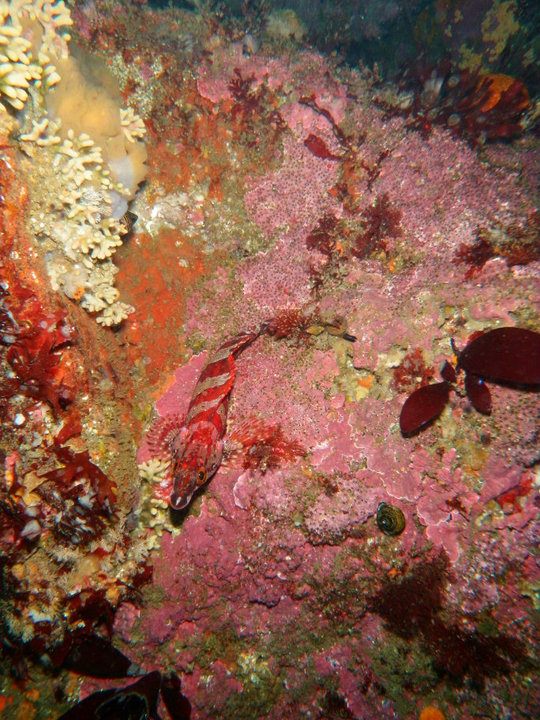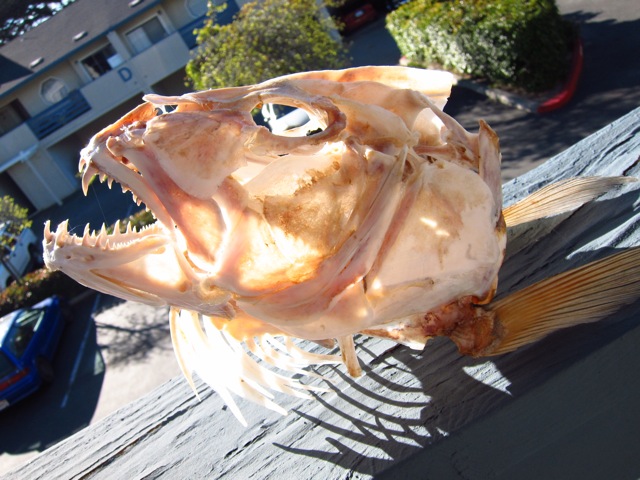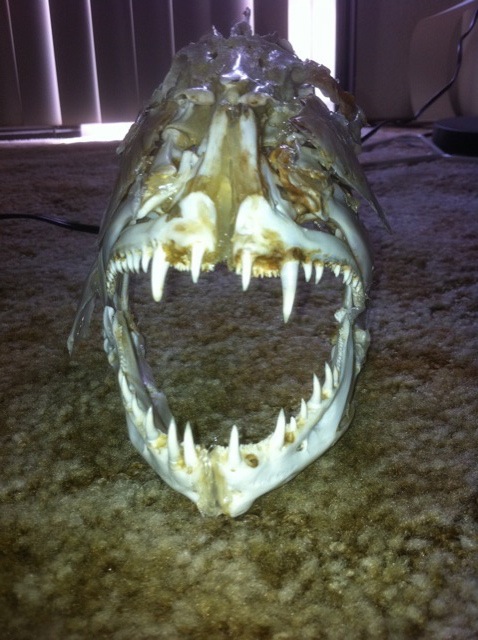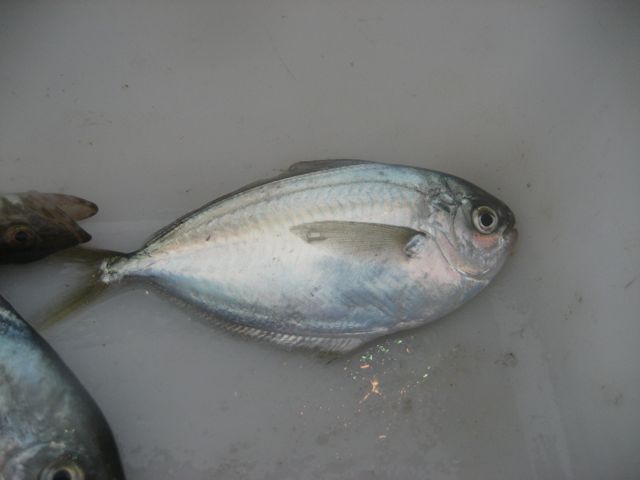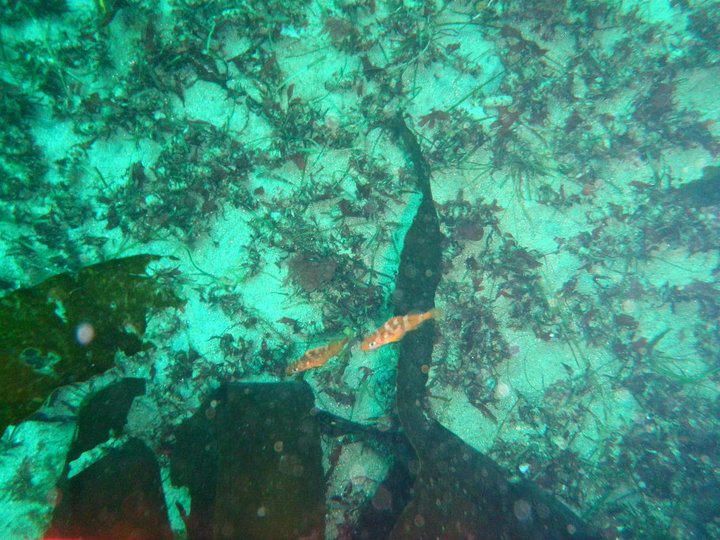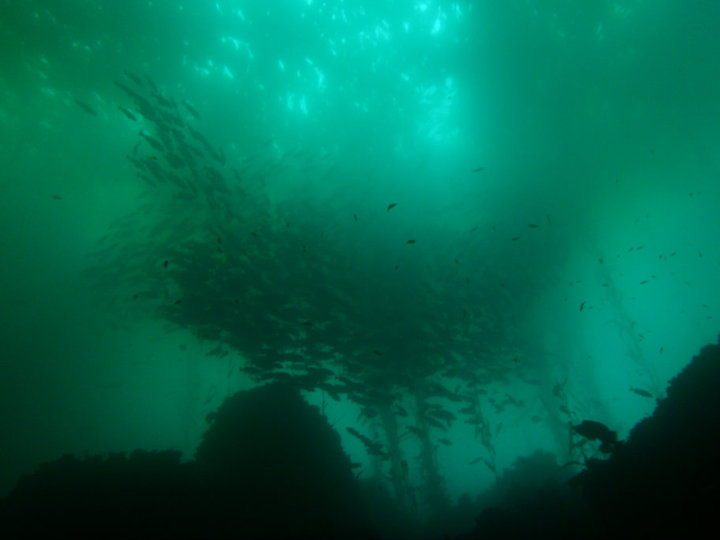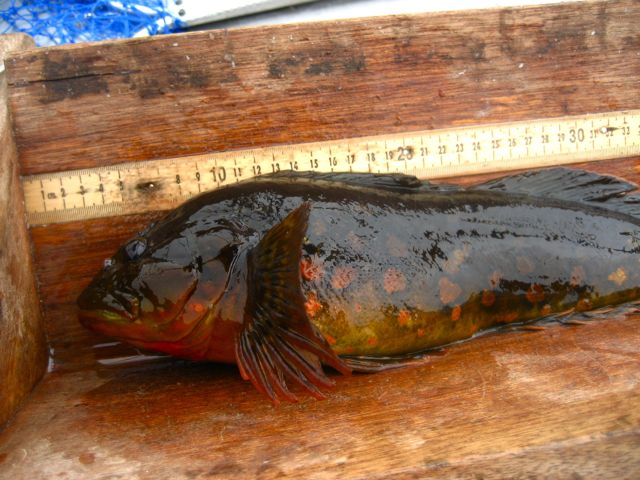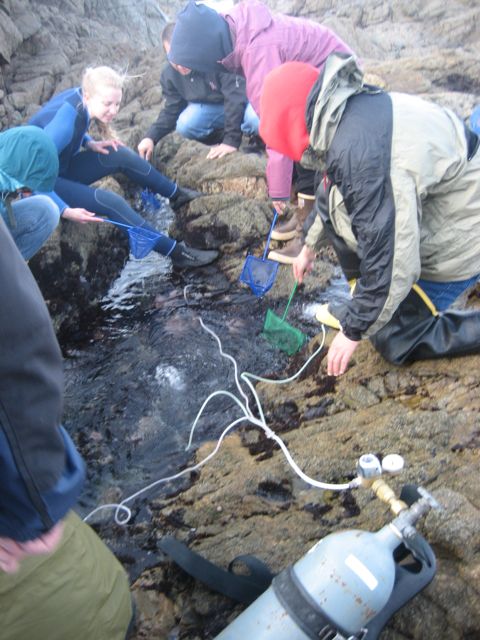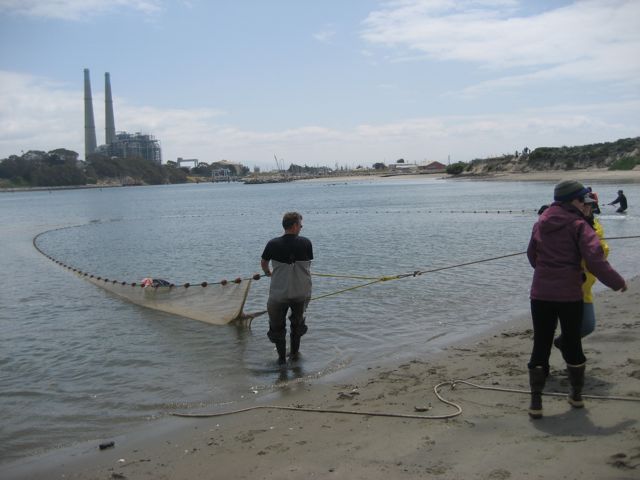
What kind of fish can you net in Elkhorn Slough just down the road from MLML? After the Ichthyology class set our nets on a field trip, we pulled in all kinds of sandy bottom fishes, like this Starry Flounder. A flat shape and a mottled pattern are perfect adaptations for blending in to the sandy floor.

This Three Spined Stickleback came from deeper in the channel of the slough. The males build nests out of vegetation and guard them once the females lay their eggs. Spiny defenses can come in handy when the next generation is at stake!



